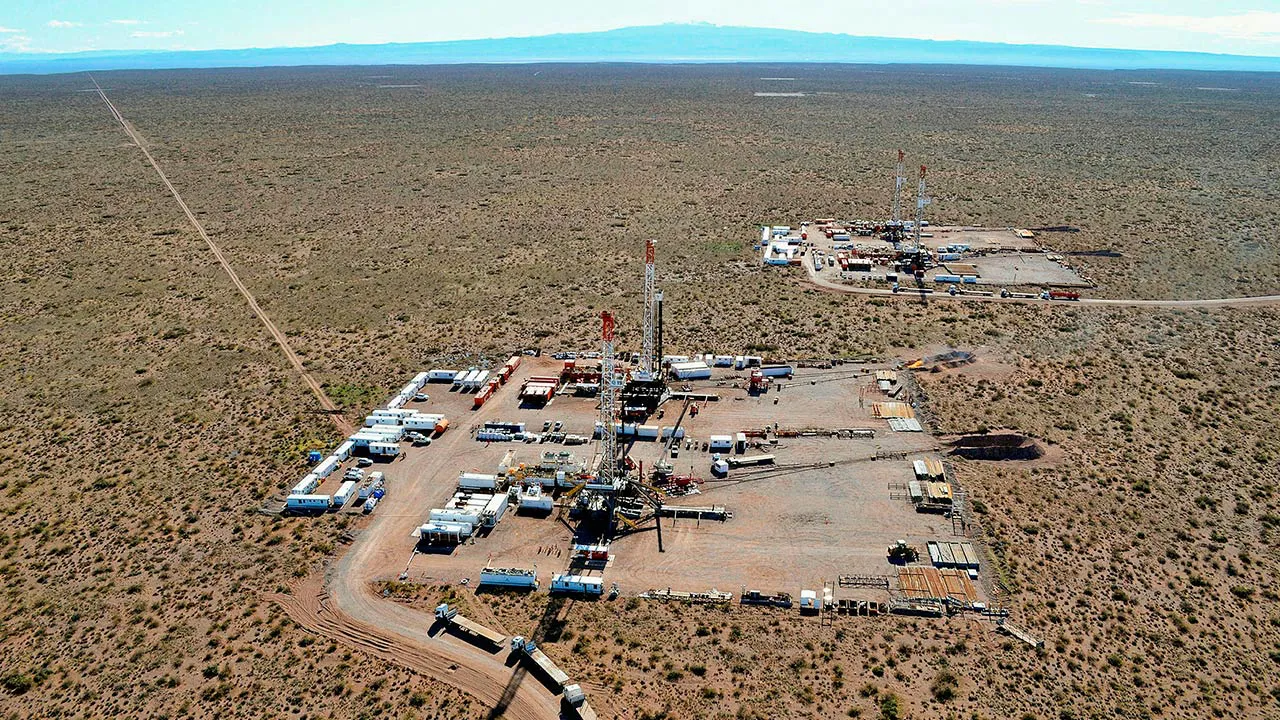
Impulsada por el crecimiento de Vaca Muerta, la Argentina superó a Colombia en producción de crudo y apunta a ubicarse entre los tres principales productores de Sudamérica en 2026.
The president signed this afternoon the Decree authorizing the constitution of a trust for the execution of the first stage of the Néstor Kirchner Gas Pipeline.
ENERGÍA12/02/2022 NeuquenNews
NeuquenNews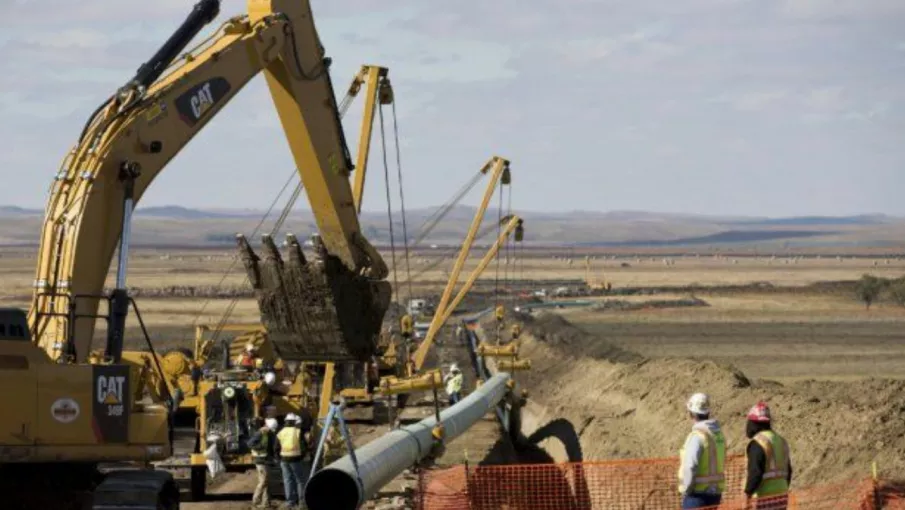
President Alberto Fernández signed this afternoon the Decree of Necessity and Urgency by which the constitution of a trust is authorized for the execution of the first stage of the Néstor Kirchner Gas Pipeline and that will grant its concession to the company Integración Energética Argentina (IEASA), official sources reported.
The announcement announced at Government House will allow progress with the pipeline that will allow the evacuation of incremental gas from the unconventional formation of Vaca Muerta and whose financing for the first stage is completely guaranteed with funds from the treasury, and those that Law 27,605 of Solidarity Contribution granted to IEASA.
The DNU, it was explained, grants the concession of the transport of the new Gas Pipeline to IEASA and authorizes it to constitute a trust as an administration and financial tool of the program.
The signing had been anticipated this week by the Secretary of Energy, Darío Martínez, who had previously arranged, through Resolution 67, the creation of the Gas Pipeline System Transport.Ar National Production, to build through IEASA the Néstor Kirchner Gas Pipeline and a series of complementary works and expansion of the current system.
The first stage of the gas pipeline – whose concretion was long awaited by the oil operators in order to increase their natural gas production – consists of an investment of 1,566 million dollars and whose central work is the Tratayén to Saliqueló section, that is, from Neuquén to the central west of the province of Buenos Aires.
A second stage foresees the continuity of the work to the south of Santa Fe, which would open the possibility of reaching with greater volume of gas from Vaca Muerta to the large urban and industrial centers of the country, as well as linking with the Northeast gas pipeline (GNEA) to supply the provinces of the region today isolated from the system.
The works together aim to expand the transport capacity by 44 million cubic meters per day -24 million in the initial stage-, and thus use national production and Argentine work to replace billions of dollars of current imports of LNG, and fuels such as fuel oil or gas oil.

Impulsada por el crecimiento de Vaca Muerta, la Argentina superó a Colombia en producción de crudo y apunta a ubicarse entre los tres principales productores de Sudamérica en 2026.

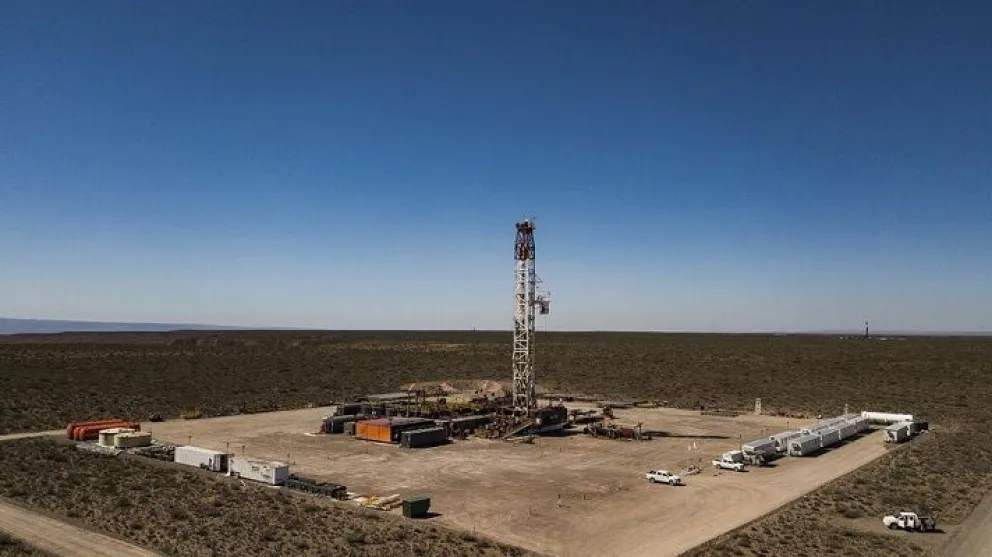
Pan American Energy (PAE) y Continental Resources anunciaron un acuerdo para acelerar la explotación de cuatro bloques de shale oil en Vaca Muerta, ubicados en Neuquén y Río Negro. Continental adquirirá el 20% de participación de PAE en las áreas Coirón Amargo Sureste, Bandurria Centro, Aguada Cánepa y Loma Guadalosa, aportando su experiencia internacional en recursos no convencionales, mientras PAE continuará como socio mayoritario y operador.

Domingo de balance honesto, emociones que se acomodan y decisiones que nacen del sentir. El domingo 11 de enero de 2026 se presenta como un día de revisión emocional sincera. No es un domingo liviano ni superficial: es de esos que invitan a mirar hacia adentro, a preguntarse cómo estamos realmente y qué cosas ya no queremos seguir sosteniendo en silencio.

Mientras la cordillera vuelve a arder en plena ola de calor, el Presupuesto 2026 recorta fuerte los fondos para prevenir y combatir incendios. El ajuste ronda el 70% real frente a 2023. En paralelo, el Estado sostiene una compra millonaria de aviones F-16. La comparación no es caprichosa: habla de prioridades.

Mientras América Latina inicia 2026 con un promedio regional de salario mínimo cercano a 400 dólares mensuales, una cifra que en sí misma ya refleja profundas brechas entre países, en Argentina la historia es —otra vez— de retroceso y pérdida de dignidad salarial.
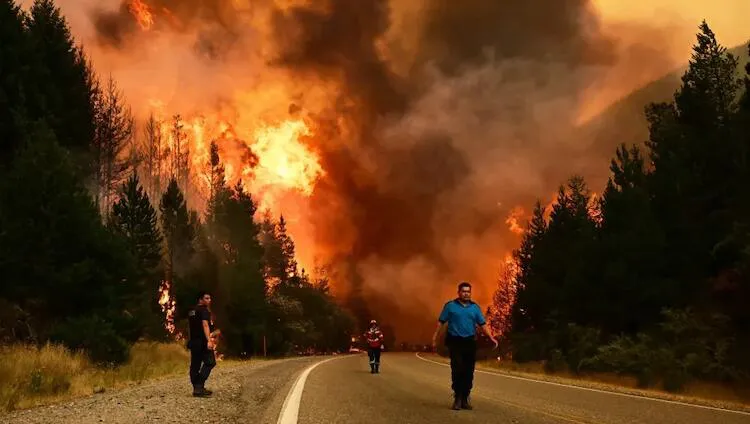
Brigadistas provinciales y nacionales trabajan desde primeras horas de la mañana en la zona centro del Parque Nacional Lanín, con apoyo de aeronaves y vigilancia constante para evitar reactivaciones del fuego.
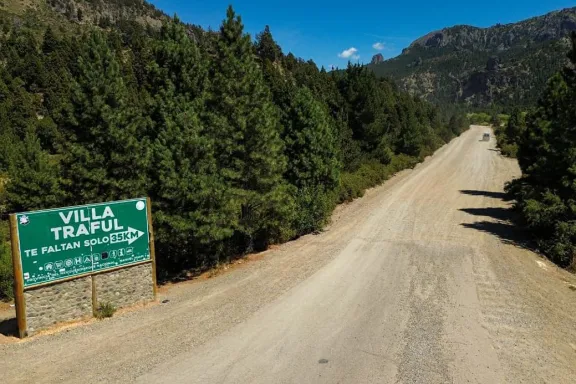
La obra comprende 24 kilómetros entre la Confluencia y el puente sobre el río Minero. Tendrá financiamiento del Banco Mundial y demandará una inversión superior a los 35 millones de dólares.

Este domingo 11 de enero se correrá la cuarta edición del Lolog E-Ko Trail en San Martín de los Andes, con largada desde Playa Bonita Lago Lolog a las 8:30 y distancias de 4K, 12K y 24K. El evento deportivo, con corredores de todo el país, se destaca por su fuerte compromiso con la sustentabilidad: por cada atleta se plantará un árbol en zonas afectadas por incendios, y se priorizará el uso de materiales reciclables y prácticas responsables con el ambiente.

Corresponde a la vacuna Virus Sincicial Respiratorio (VSR).

El Matadero Municipal de Aluminé consolidó en 2025 un año récord en regularización, infraestructura y producción. Obtuvo habilitación por cinco años del CIPPA, formalizó el 100% de la faena, invirtió más de $65 millones y fortaleció un servicio clave para la producción local y la sanidad alimentaria.

La arremetida de Washington contra Venezuela y Cuba —encarnada en la reciente confiscación del quinto petrolero que llevaba crudo hacia la isla— no es solo una disputada maniobra geopolítica: es una política de presión económica que profundiza una crisis energética y social sin precedentes. Mientras tanto, países aliados a Estados Unidos callan o aplauden, contribuyendo a un bloqueo que viola la soberanía regional y agrava el sufrimiento de millones.

Este 11 de enero se esperan temperaturas que rondarán los 35 grados y vientos del oeste con ráfagas fuertes durante la tarde y el atardecer, según el pronóstico del Servicio Meteorológico Nacional.